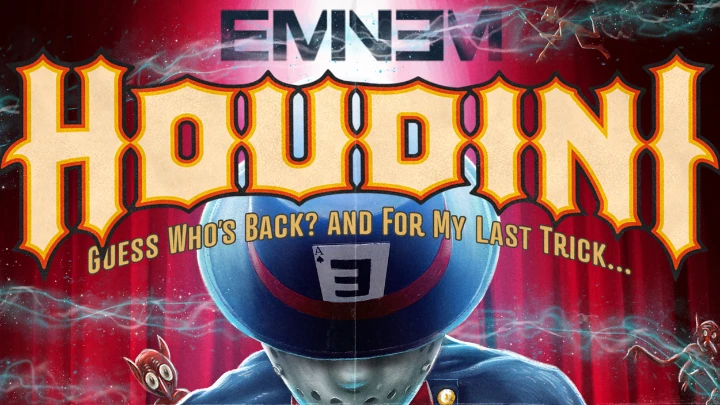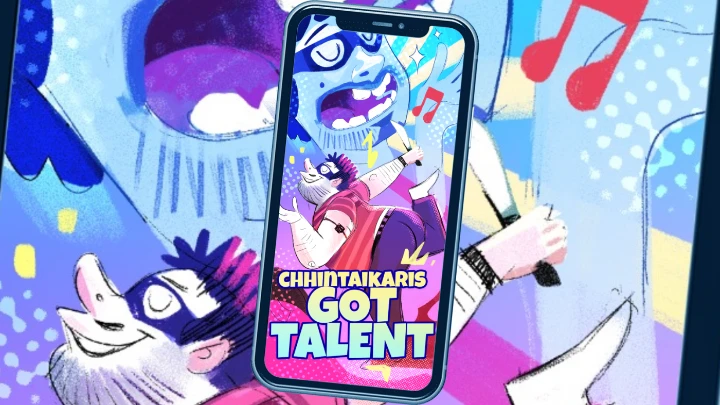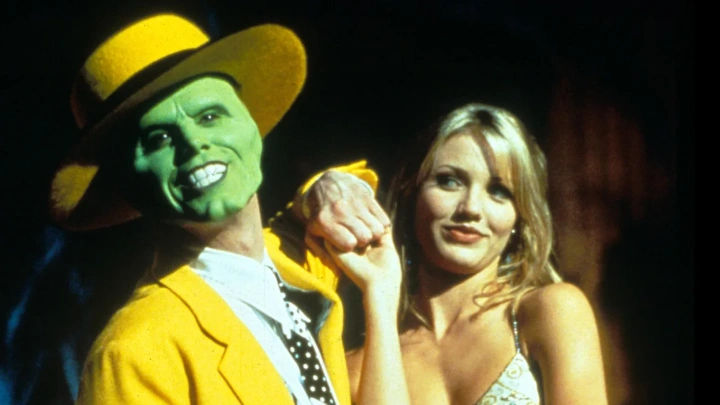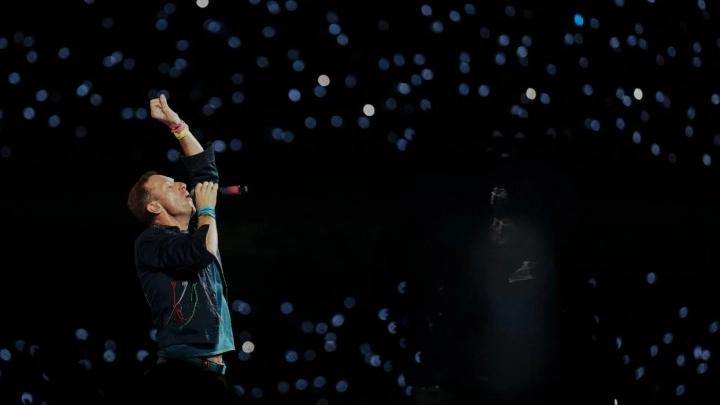The album "The Death of Slim Shady" is being marketed as the end to Eminem’s no-nonsense, politically incorrect and in-your-face Slim Shady persona, the same one which catapulted him to fame.
Death of Slim Shady sounds like a resurrection: Is Houdini just a trick?
TBS || Shining BD
In 1904, Harry Houdini, an illusionist and escapologist with a growing reputation, had taken up The Daily Mirror's challenge of escaping from a specially-commissioned pair of handcuffs.
Houdini had already succeeded in duping police forces across America and Europe for his skill. He wouldn't fail this time around.
Bury him alive, lock him in a water chamber, do whatever: Houdini would escape and miraculously reappear.
And that's what Eminem intends to do - reappear and capture everyone's imagination – in Houdini, the first single for Eminem's 12th album The Death Of Slim Shady.
The album is being marketed as the end to Eminem's no-nonsense, politically incorrect and in-your-face Slim Shady persona, the same one which catapulted him to fame.
But listening to Houdini, it almost feels like Eminem's farewell to his alter ego is a matter of circumstances and not choice. It also feels like that's not happening.
Even before cancel culture existed in the form it does today, Eminem had always been on the brink of a fall from the precipice.
His albums and songs were censored. Protests were held against his lyrical content. Lawsuits were filed. Eminem, however, continued undeterred, unstoppable.
Even before the fame of the Dre-produced The Slim Shady LP, Eminem in the album title track Infinite, crooned, "My pen and paper cause a chain reaction."
While Infinite did not fly off the shelves, Eminem's demonstrated lyrical talent was beyond doubt. Then came the Slim Shady LP. Then came the Marshall Mather LP. Eminem connected with listeners on a level that wasn't fully tapped into at the time.
He put together teenage angst, anger at a changing world, parental issues, poverty, a broken marriage, and much more all at once.
There was also a healthy dose of homophobia and misogyny interspersed with the lyrics.
But to top it off, there was a rhyming sequence hitherto almost unheard of, stringing together complex syllables, rhyming words that aren't supposed to rhyme – remember Oranges and hinges?
Although not a lot has been said since his 2004 album Encore. A year before that, Eminem had come under the United Secret Service's radar for threatening the president. "I don't rap for dead presidents / I'd rather see the president dead / It's never been said, but I set precedents," he rapped in a 2003 track, "We As Americans".
Afterwards, there was a lull. Eminem's albums didn't stand out, a few singles here and there were hits. The pop sound made more streams. With the latest album, the expectation was Eminem would go back to the sound that sort of revived his career.
But when Houdini began with Paul Rosenberg, Eminem's manager who often made appearances in his song's intros warning him against the content, it was clear that this wasn't going to be just another pop hit. It was going to be Slim Shady in all his glory.
And it was.
In 4 minutes and 56 seconds, Eminem goes through everything, with a very explicit intent to offend, but also tell his tale.
The video of the song starts with Slim Shady climbing into 2024 through a time portal and seeing everything he feels is wrong with it.
For Slim Shady of the 90s, the 2024 is just a weird place. And he absolutely hates it.
While most celebrities with carefully curated personas shy away from controversy, Eminem wades right into it. After all, this looks like the job for him and for Eminem, we always need a little controversy.
In just a few minutes, Eminem hates on the emasculation of the culture, bashes the gender identity politics raging through America, says a few more offensive things and then challenges people to cancel him.
His reference to Megan The Stallion touched a nerve, asking whether he could speak on the culture. But Eminem himself years ago said he had stolen Black music shamelessly, just like Elvis. How far then that culture debate would go remains to be seen.
Whether someone likes or dislikes the track, the main point would be this is Eminem. This isn't the Eminem newer fans will know, but it is him in his essence.
If Houdini is the starting point, then this death is more of a rebirth. That's what Houdini did - vanish to reappear.
And that is what Sherri Papni – who Eminem references in the last line of Houdini did – disappear only to reappear in a tabloid-lead worthy story, befitting Slim Shady.
Shining BD
























